The shoreline of Achor, my land on First Roach Pond, is fringed with a typical Maine Woods assortment of second-growth trees. Tall, evergreen spruce and fir. Birch and maple that change from the green of summer to the yellows and reds of fall to the bare starkness of winter. An orange-berried mountain ash here, a white-flowering shadbush there. A few young pines and cedars. Alders growing low and shrubby, bearing seeds in arrays that look like miniature pine cones.
During the final years of my mother’s life, one spot on our shore was especially dear to us: a small promontory we dubbed Sunset Point. When Mother’s aging body limited her hiking abilities, short walks from our cabin kept her engaged with nature. We would head to Sunset Point at the end of the day to watch the westering sun paint the sky and water.
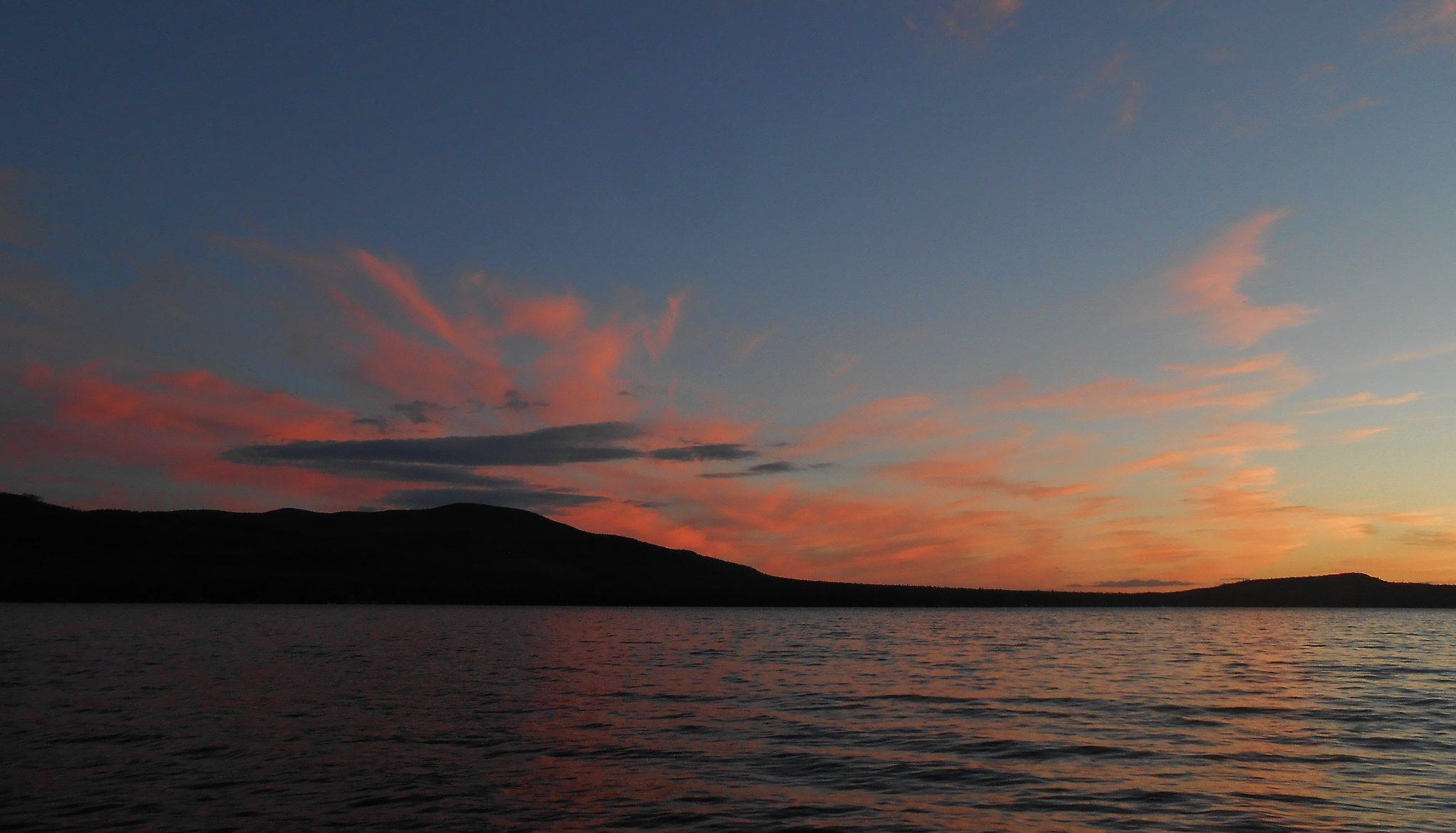
A paper birch rises from the point, leaning out over the shore. I came to rely on it as a winter landmark. When I snowshoed across the frozen surface of the pond, the white trunk stood out against a background of dark evergreens, guiding me toward the snug shelter offered by our cabin, a cozy haven of warmth in a vast cold forest. The tree felt like a trusted friend, and I named it Leaning Birch.
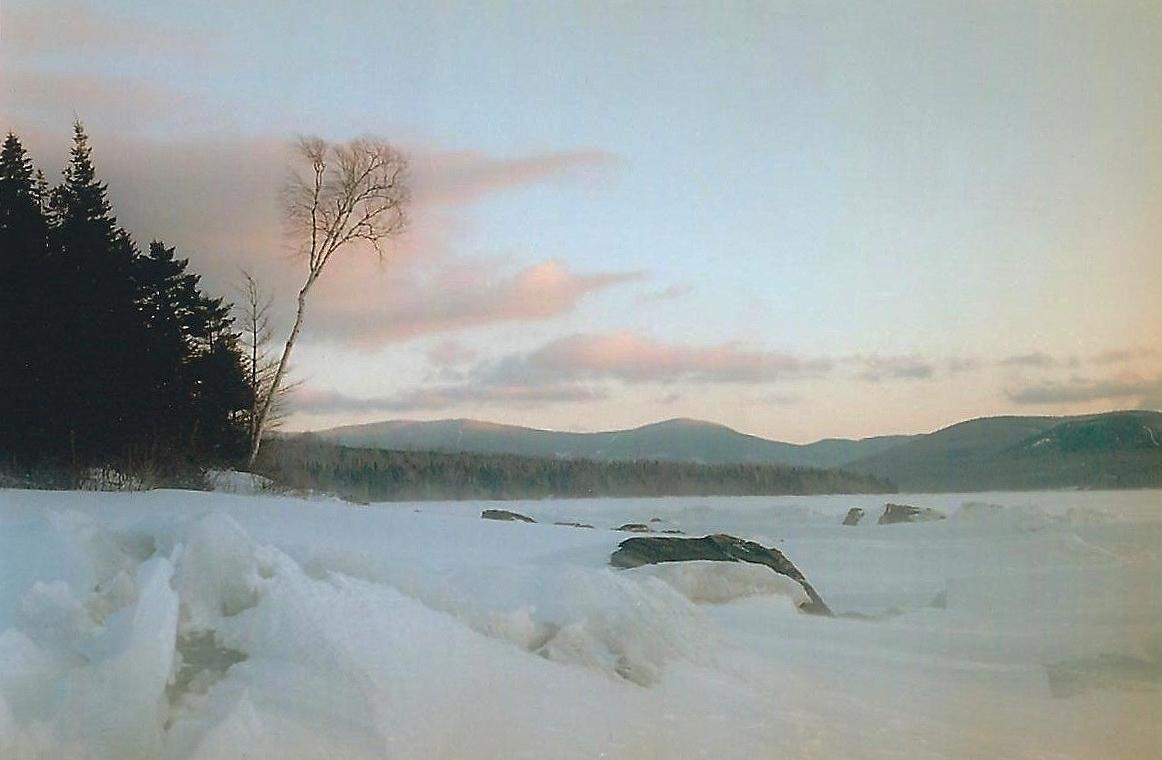
The last October of Mother’s life, the autumn colors at Achor seemed more flamboyant than usual. We savored them together, not knowing this would be the last time we shared the season. The Leaning Birch wore golden leaves for the celebration.
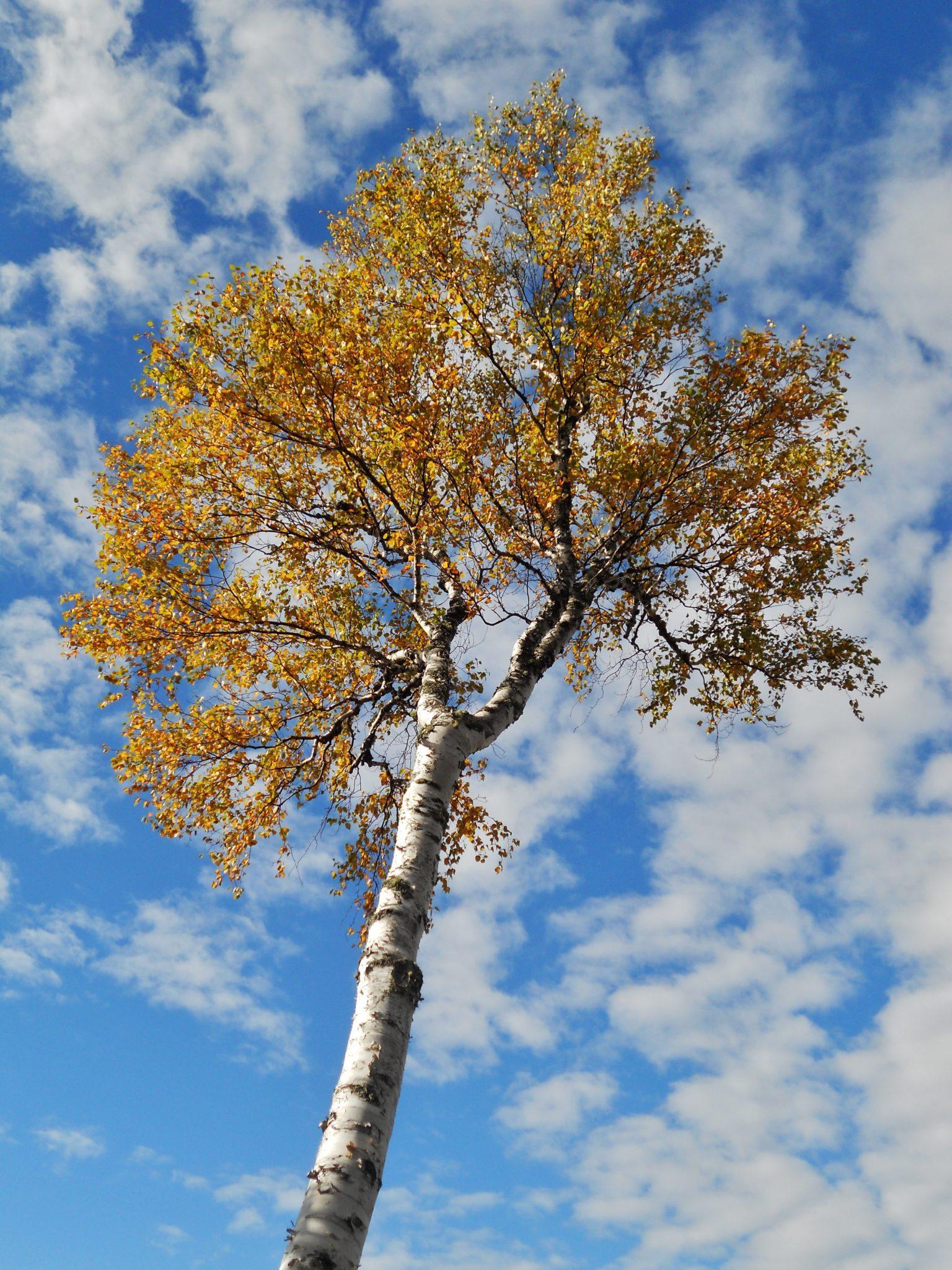
Mother passed away in January 2014, after 88 fully-lived years. She asked that her ashes be scattered at Sunset Point. On a shining summer day, in the company of several close friends, I returned the remains of her body to the Earth, placing much of the ash near the base of the Leaning Birch.
I have faith that Mother’s spirit lives on. But it’s a comfort to know that her physical body lives on, too, its elements part of the soil, nourishing the growth of new life at a place we both loved. When the Leaning Birch unfurls tender, vibrant green leaves in spring, I see Mother’s ashes transformed.
In time, the Leaning Birch will also die. Its body will decay into the darkness of the soil. But it will re-emerge into the sunlight as its life flows onward into new forms – mosses and lichens and infant trees that will, in their turn, grow tall and strong. In nature, death is never the end of the story.
“This is the truth that passes understanding,
this is the joy to all forever free:
life springs from death and shatters every fetter,
and winter turns to spring eternally.”
(Robert Terry Weston; from the hymnal “Singing the Living Tradition,” published by The Unitarian Universalist Association, Boston MA, 1993, corrected reprint published 2000.)
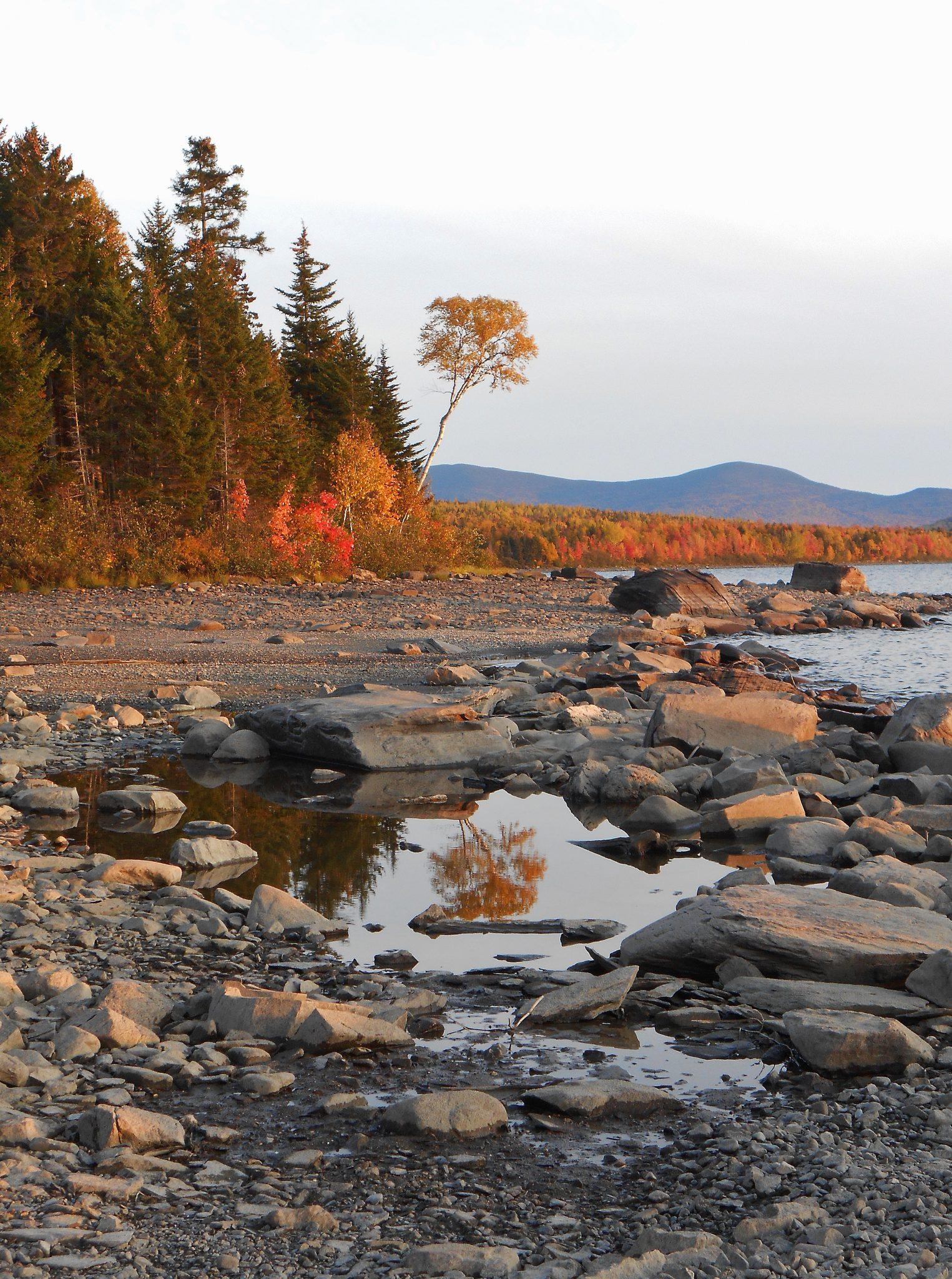


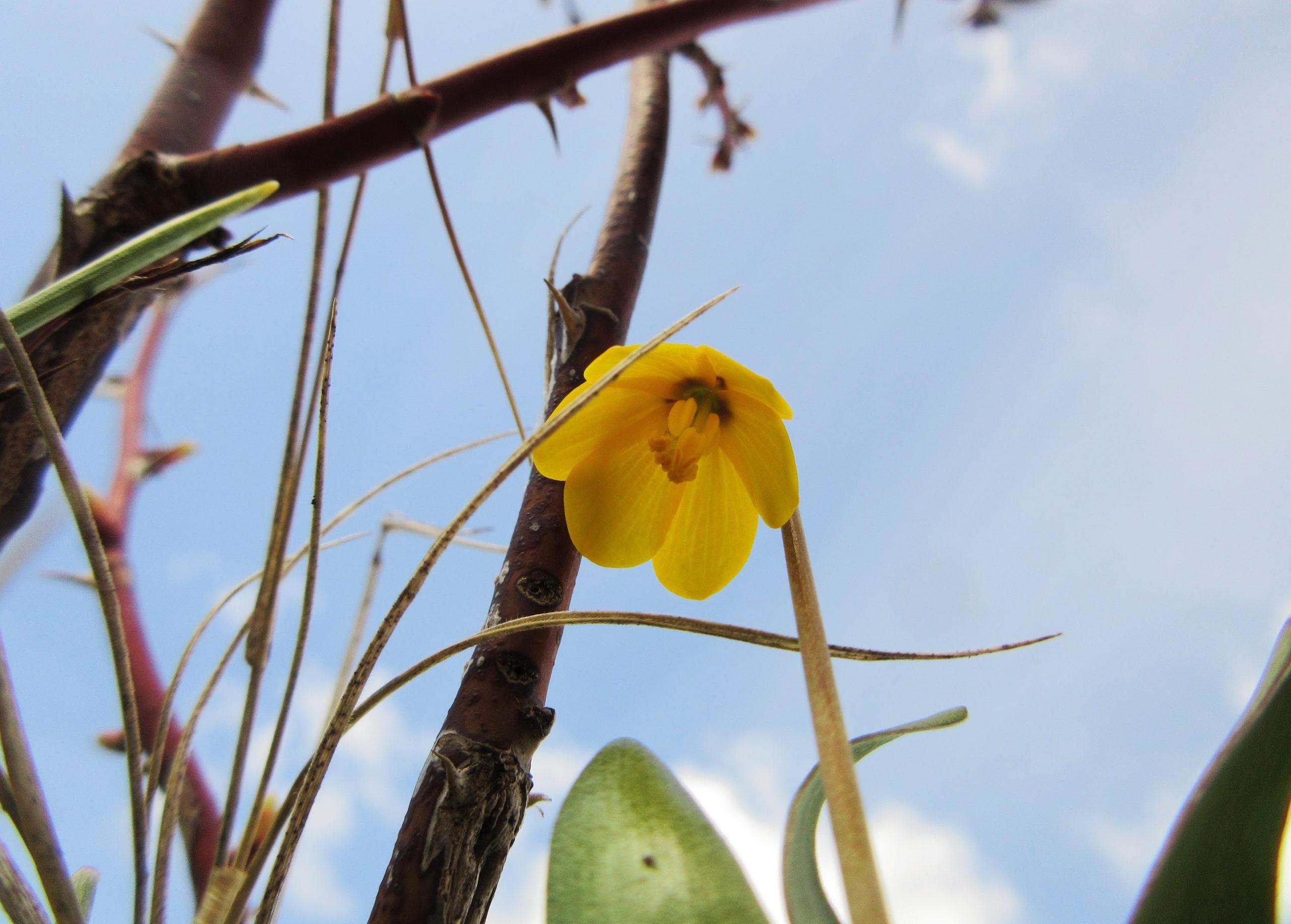
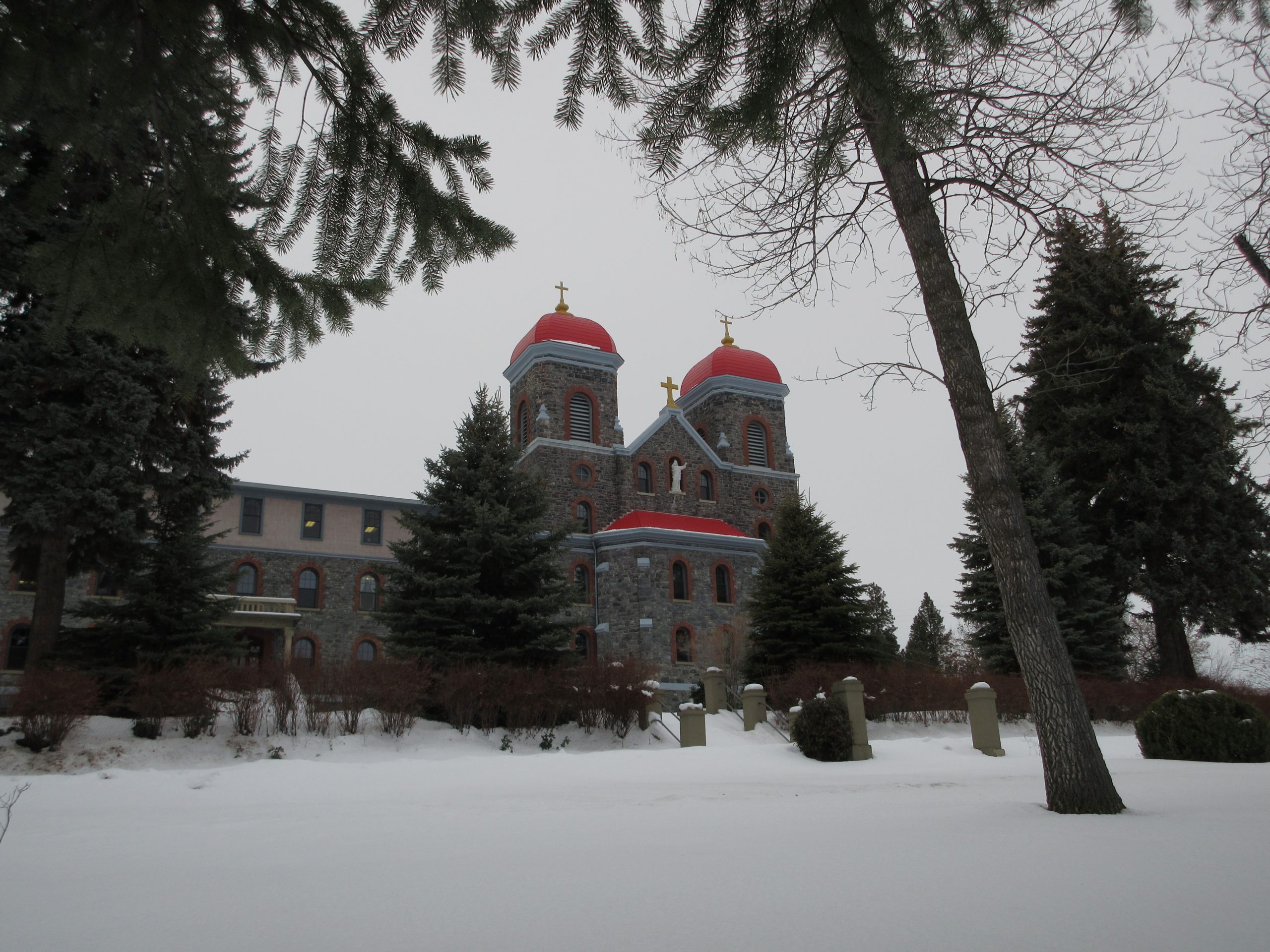

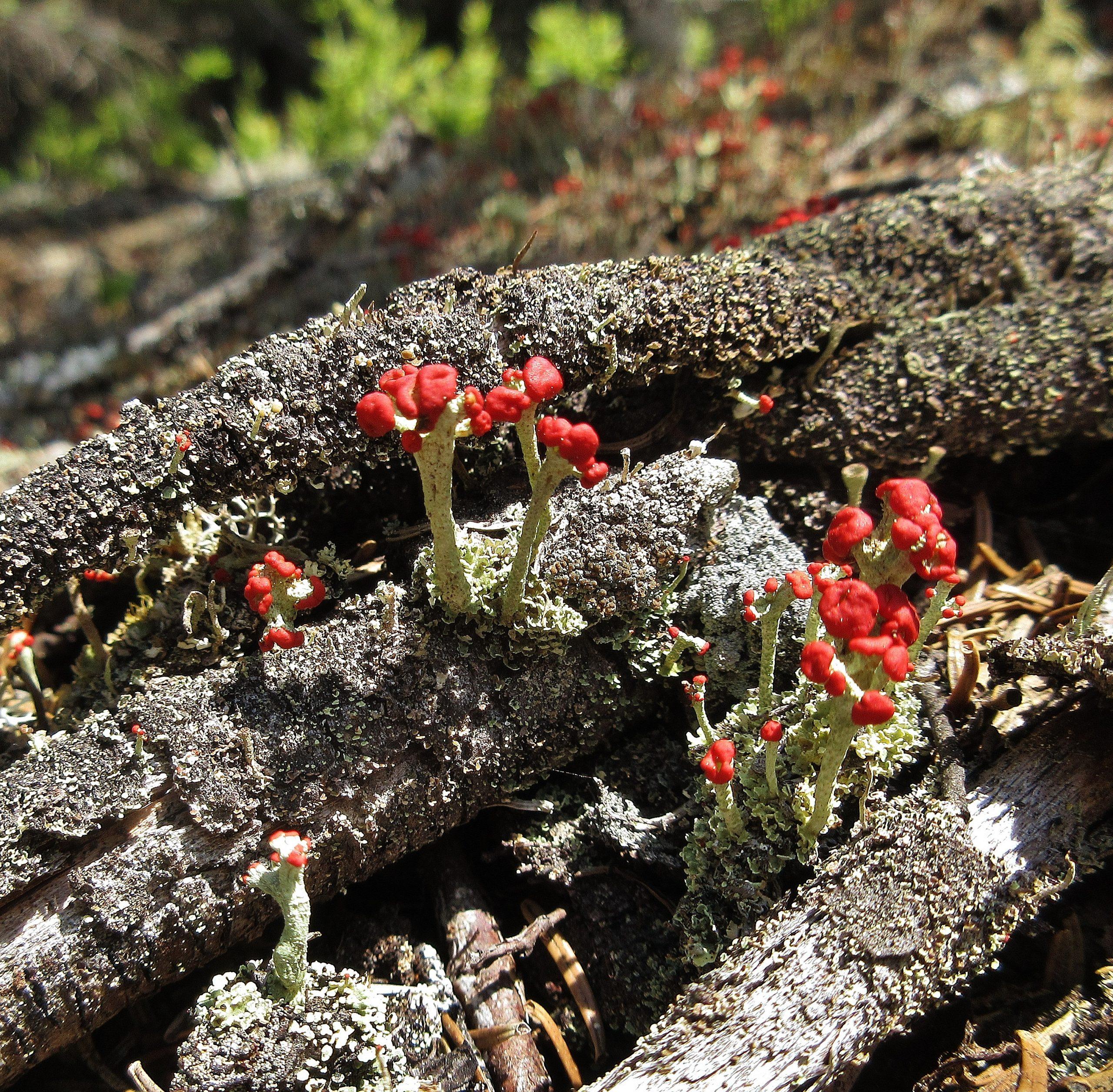
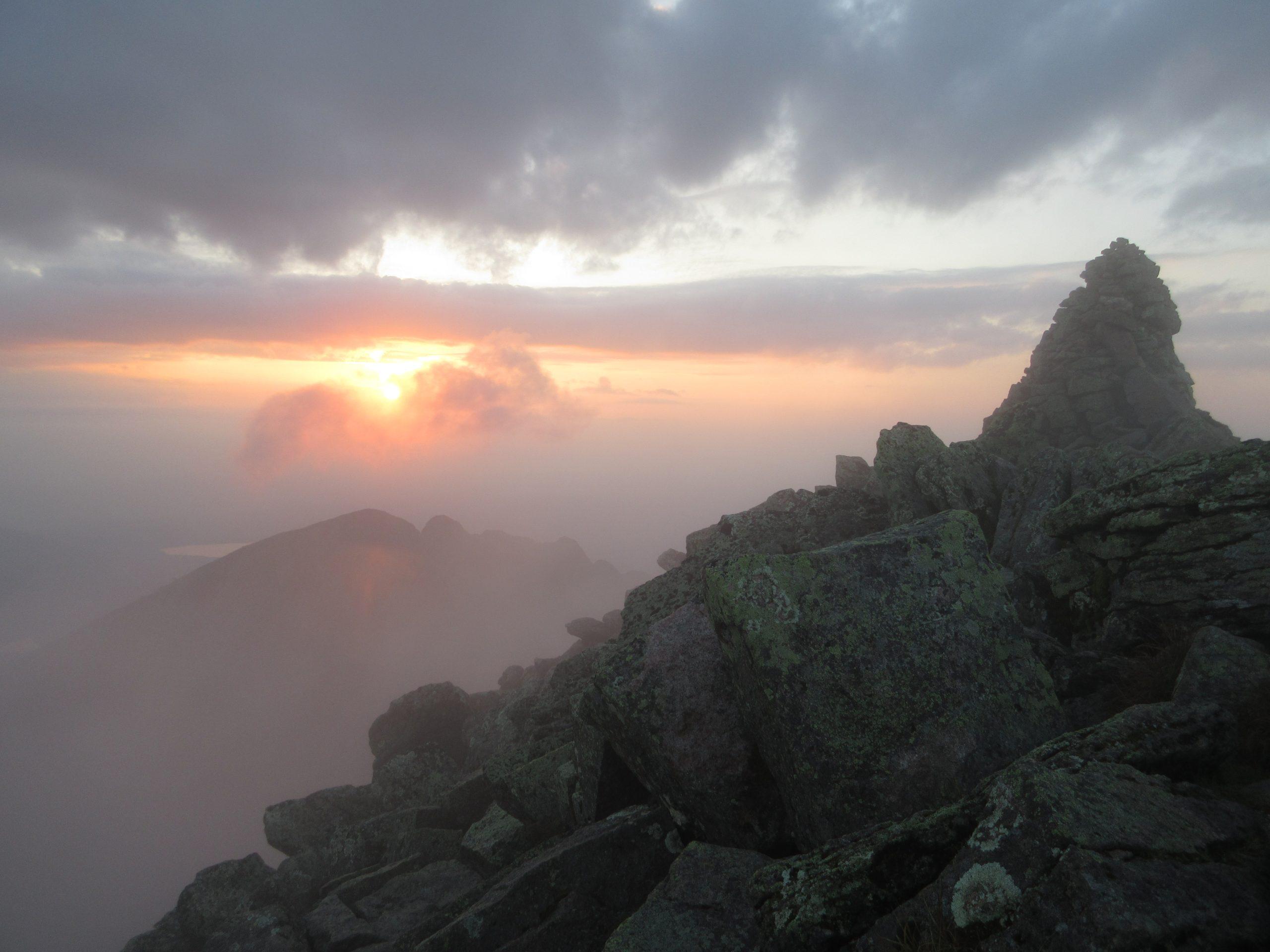
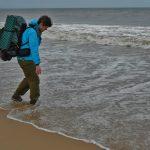
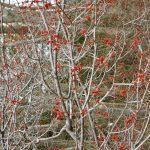
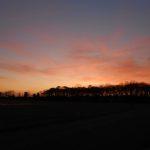
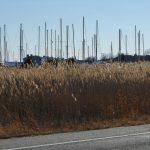
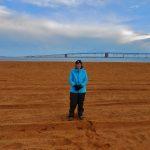
[…] There are no trails marked on the pond’s surface. My navigational landmark is a tall white birch that leans over my shore. It stands out so clearly against its backdrop of spruce and fir that I can see it all the way from the boat launch. It grows at a spot where my mother and I often sat in the evening to watch the sun go down. Before she died, Mother requested that her ashes be scattered at “Sunset Point.” In the company of dear friends, I fulfilled her wish, depositing many of the ashes at the base of the Leaning Birch. It comforted me to know they would nourish the tree’s future growth. And now, when I cross the ice, guided by the birch, I have the sense that Mother’s spirit is leading me home. (For more about this special tree, see https://www.wendyweiger.com/leaning-birch/.) […]